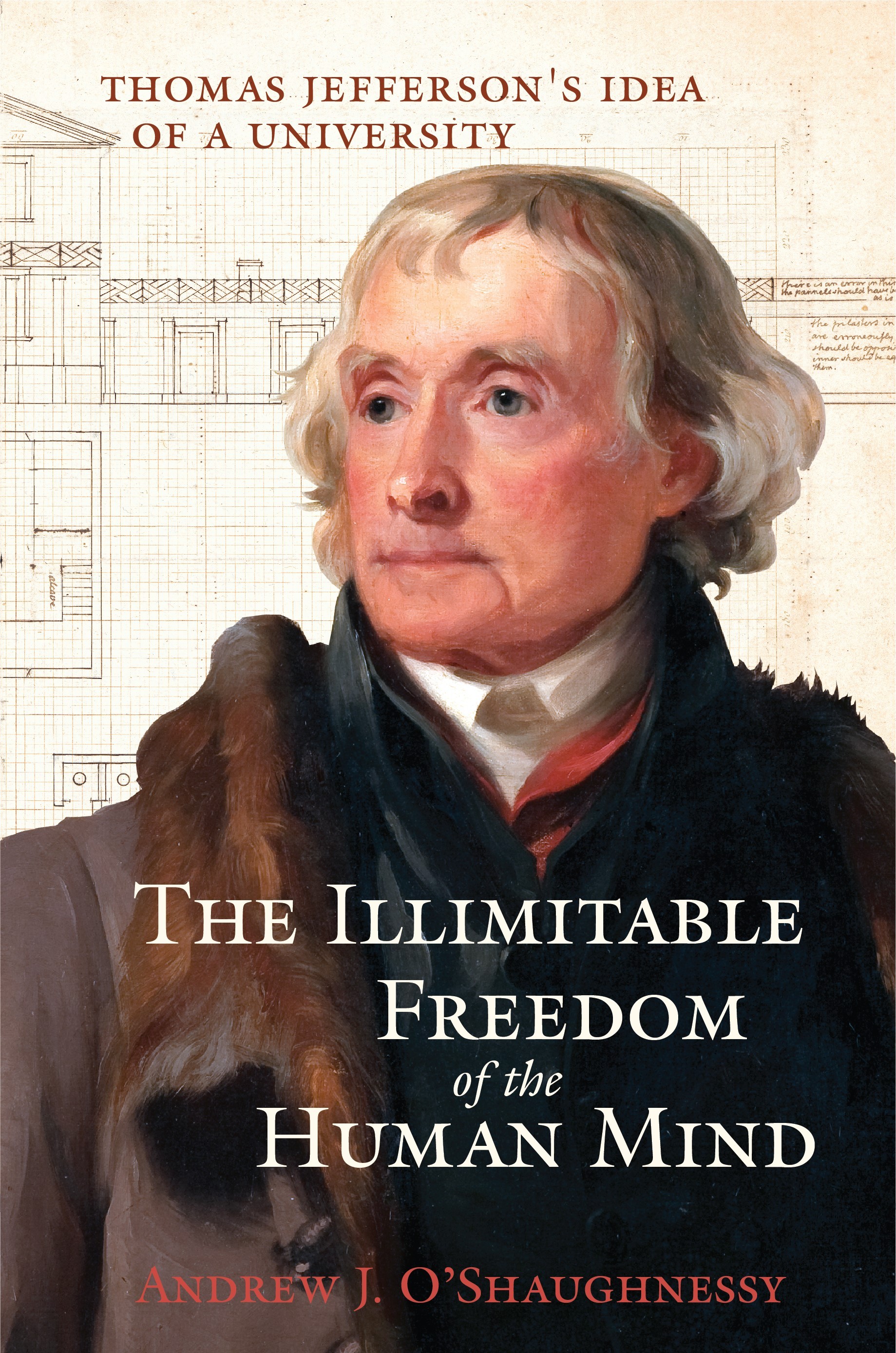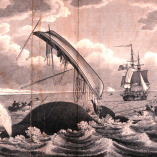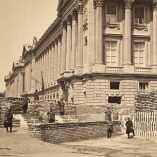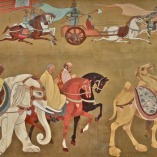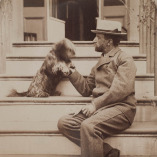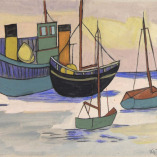
Desk used by Thomas Jefferson to write the Declaration of Independence, c. 1775. National Museum of American History, Smithsonian Institution.
“Existing biographies of Thomas Jefferson,” the historian Andrew J. O’Shaughnessy writes in The Illimitable Freedom of the Human Mind: Thomas Jefferson’s Idea of a University, treat the retired president’s singular founding of a university “as merely an epilogue, while institutional histories give little consideration to the biographical context…Beginning at the age of seventy-three—having lived already far beyond the average life expectancy of the period—he spent the last decade of his life preoccupied with the quest to establish the University of Virginia. He wrote out the minutes of the Board of Visitors, estimated the number of bricks required for each building, and on his last visit to the university even unpacked boxes of books intended for the library. Despite ill health and excruciating pain in his right hand, he produced architectural drawings and drafted legislation. Ignoring his impending bankruptcy, he donated his own money to begin a fundraising campaign and hosted dinners for members of the university community. Because the university was so much of his making, its history is inseparable from Thomas Jefferson’s life.”
This week on the podcast, Lewis H. Lapham speaks with Andrew J. O’Shaughnessy, author of The Illimitable Freedom of the Human Mind: Thomas Jefferson’s Idea of a University about Jefferson’s influence on public education and how to balance this legacy with his place in historical memory as an enslaver.
Thanks to our generous donors. Lead support for this podcast has been provided by Elizabeth “Lisette” Prince. Additional support was provided by James J. “Jimmy” Coleman Jr.
